

Articles
Which Direction Should Fan Go In Winter
Modified: April 23, 2024
Explore our informative articles on which direction your fan should go in winter. Discover the best practices for energy efficiency and maintaining a comfortable home environment during the colder months.
(Many of the links in this article redirect to a specific reviewed product. Your purchase of these products through affiliate links helps to generate commission for Storables.com, at no extra cost. Learn more)
Introduction
As the cold weather sets in, many homeowners are faced with the challenge of keeping their homes warm and comfortable. While most people rely on heating systems and insulation, there is one often overlooked solution that can greatly enhance winter comfort – ceiling fans. Contrary to popular belief, ceiling fans can be an essential component of your winter home maintenance routine.
In this article, we will explore the importance of ceiling fans in winter and discuss the proper direction in which they should operate during the colder months. By understanding the role of ceiling fans and adjusting their direction accordingly, you can create a more comfortable and energy-efficient living space throughout the winter season.
Key Takeaways:
- Embrace the Winter Warmth: Utilize ceiling fans in reverse mode to distribute warm air, reduce heating costs, and improve overall comfort during the colder months.
- Debunking Myths: Ceiling fans are not just for summer; they are energy-efficient tools for enhancing winter comfort and heat distribution in homes of all sizes.
Importance of Ceiling Fans in Winter
When it comes to the winter months, most people tend to associate ceiling fans with summer cooling and air circulation. However, ceiling fans can play a crucial role in maintaining a comfortable indoor environment during winter as well. Understanding the importance of utilizing ceiling fans in the colder months can help you make the most out of your heating system and save on energy costs.
One of the main benefits of using ceiling fans in winter is the ability to distribute warm air more efficiently. Hot air naturally rises, leading to a temperature disparity between the ceiling and the floor. By operating your ceiling fan in the correct direction, you can gently push down the warm air that accumulates near the ceiling and circulate it back down into the living space.
This circulation of warm air helps to eliminate cold spots in the room and creates a more consistent temperature throughout. It means that your heating system doesn’t have to work as hard to maintain a comfortable temperature, resulting in energy savings and a reduced environmental impact. Additionally, by preventing warm air from accumulating near the ceiling, you can minimize the chances of heat loss through your roof or attic.
Beyond temperature regulation, ceiling fans in winter can also improve indoor air quality. Stagnant air, especially in closed spaces, can lead to the buildup of allergens, dust, and other pollutants. By running your ceiling fan at a low speed in the winter, you can keep the air circulating and prevent this stagnation. This can be particularly beneficial for individuals with respiratory issues or allergies.
Furthermore, ceiling fans offer an added layer of comfort during winter. Although they do not generate heat, the gentle breeze created by the fan can create a perceived cooling effect, preventing overheating and excessive perspiration. This can be particularly useful during the transition between indoor and outdoor environments or during unpredictable weather patterns where temperatures fluctuate.
Overall, ceiling fans are valuable tools for maintaining a comfortable and energy-efficient home environment during the winter months. By understanding their importance and learning how to optimize their usage, you can create a cozy and inviting space for you and your family to enjoy, while also helping to reduce energy consumption and lower your utility bills.
Understanding the Role of Ceiling Fans in Cold Weather
When it comes to using ceiling fans in cold weather, it’s important to understand how they can contribute to your home’s comfort and energy efficiency. Ceiling fans operate by creating a wind-chill effect, which can make you feel cooler in the summer months. However, during the winter, it’s all about utilizing the reverse function of your ceiling fan to maximize the benefits.
The reverse function on a ceiling fan changes the direction in which the blades rotate. Typically, in summer mode, the blades rotate counterclockwise to create a cooling breeze. In winter mode, you should switch the fan blades to rotate clockwise. This adjustment allows the fan blades to push warm air that naturally rises back down into the room.
Warm air tends to accumulate near the ceiling, while the floor is usually cooler. By running your ceiling fan in the reverse direction at a low speed, you can gently push the warm air down and distribute it throughout the room. This helps to create a more balanced temperature, eliminating cold spots and increasing overall comfort.
It’s important to note that using a ceiling fan in winter does not create a chilling effect like it does in the summer. The reverse mode simply enhances the efficiency of your heating system by circulating warm air that would otherwise linger near the ceiling. This can result in energy savings by reducing the amount of time your heating system needs to run to maintain a comfortable temperature.
Another factor to consider is the height of your ceiling. Homes with high ceilings can benefit from using ceiling fans in winter even more. The warm air tends to collect higher up, and with a high ceiling, it can be challenging to distribute the heat evenly throughout the space. By running your ceiling fan in the reverse direction, you can effectively push the warm air back down and create a more comfortable environment.
Understanding the role of ceiling fans in cold weather and utilizing their reverse function can significantly improve the comfort and energy efficiency of your home during the winter months. By making a simple adjustment and running your ceiling fan in the proper direction, you can ensure that warm air is circulated efficiently, reducing your reliance on heating systems and saving on energy costs.
Benefits of Running Ceiling Fans in Winter
Running ceiling fans in winter may seem counterintuitive at first, but it can bring several benefits to your home and overall comfort. Let’s explore some of the advantages of utilizing ceiling fans during the colder months.
1. Improved Heat Distribution: Ceiling fans help to distribute warm air that tends to accumulate near the ceiling. By running the fan in reverse mode, you can gently push the warm air down and circulate it throughout the room, reducing temperature differences and cold spots.
2. Enhanced Energy Efficiency: Instead of relying solely on your heating system, using ceiling fans in combination with heating methods can help you achieve a more comfortable temperature while reducing energy consumption. The circulation of warm air allows you to set your thermostat lower without sacrificing comfort.
3. Cost Savings: By reducing your reliance on heating systems and conserving energy, running ceiling fans in winter can lead to cost savings on your utility bills. This is particularly beneficial in regions with long and cold winters where heating costs can be substantial.
4. Reduced Heating Time: Utilizing the reverse function of ceiling fans can help warm up a room faster, as warm air is distributed more efficiently. This means your heating system doesn’t need to work as long or as hard, resulting in shorter heating cycles and decreased energy usage.
5. Minimized Condensation and Moisture: In winter, condensation can accumulate on windows and walls due to temperature differences between the inside and outside of your home. Ceiling fans running at low speeds help to discourage condensation by circulating the air and preventing stagnant moisture in specific areas.
6. Improved Indoor Air Quality: Stagnant air can lead to the buildup of allergens, dust, and other pollutants, contributing to respiratory issues and allergies. Running ceiling fans in winter keeps the air in motion, reducing the likelihood of allergens settling and improving overall air quality.
7. Added Comfort: While ceiling fans do not generate heat, the gentle breeze they create can provide a sense of cooling during winter months. This can be particularly beneficial when transitioning from hotter areas of your home, such as near fireplaces or ovens, to cooler spaces.
By recognizing the benefits of running ceiling fans in winter, you can optimize the comfort and energy efficiency of your home. Whether you’re looking to balance temperatures, reduce heating costs, or improve indoor air quality, utilizing ceiling fans alongside your heating system is a simple and effective solution.
In winter, set your ceiling fan to rotate clockwise at a low speed to help circulate warm air trapped near the ceiling and distribute it throughout the room. This can help reduce heating costs.
Recommended Ceiling Fan Direction for Winter
When it comes to operating your ceiling fan during the winter months, it’s important to adjust the direction of the fan blades to maximize its effectiveness in circulating warm air. The recommended ceiling fan direction for winter is to run the fan in reverse mode or clockwise rotation.
By running your ceiling fan in reverse mode, the fan blades create an updraft that pushes the warm air down to the floor. This helps to distribute the warm air evenly throughout the room and prevents it from accumulating near the ceiling. Running the fan in reverse mode allows you to take advantage of the naturally rising warm air and utilize it to maintain a more comfortable temperature in your home.
Most modern ceiling fans come with a reverse switch or a seasonal rotation switch that allows you to easily change the fan’s direction. To set your ceiling fan to the recommended winter direction, follow these steps:
- Turn off the ceiling fan and wait for it to come to a complete stop.
- Locate the reverse switch on the fan’s motor housing. It is usually located near the fan’s controls.
- Flip the reverse switch to the opposite position. If the fan was rotating counterclockwise in summer mode, switch it to rotate clockwise for winter mode.
- Turn on the ceiling fan, and it will now operate in the recommended winter direction.
Running your ceiling fan in the proper winter direction helps to push down warm air and evenly distribute it throughout the space. This can eliminate cold spots, improve comfort, and reduce your reliance on heating systems.
It’s important to note that running your ceiling fan at a low speed in winter is sufficient to achieve the desired results. Higher fan speeds are generally unnecessary and may create a cooling effect due to increased air movement.
By following the recommended ceiling fan direction for winter and adjusting the fan blades to run in reverse mode or clockwise rotation, you can maximize the efficiency of your ceiling fan and enhance the comfort of your home during the colder months.
Adjusting the Ceiling Fan Direction for Optimal Winter Comfort
Adjusting the direction of your ceiling fan blades is a simple yet crucial step for achieving optimal winter comfort in your home. By understanding how to properly adjust the ceiling fan direction, you can ensure that warm air is effectively circulated and distributed throughout the room.
Here are the steps to adjust the ceiling fan direction for optimal winter comfort:
- Turn off the ceiling fan and wait for it to come to a complete stop.
- Locate the fan’s motor housing, which is typically found near the ceiling.
- Look for a switch or button on the motor housing that controls the fan’s direction. This switch is often labeled as a “reverse” or “winter/summer” switch.
- Flip the switch in the opposite direction. If the fan blades were rotating counterclockwise in summer mode, switch it to rotate clockwise for winter mode.
- After adjusting the switch, turn the ceiling fan back on.
It’s important to note that the exact location and appearance of the switch may vary depending on the brand and model of your ceiling fan. If you’re unsure, refer to the fan’s instruction manual or consult the manufacturer’s website for guidance.
Once you have adjusted the ceiling fan direction, it’s recommended to run the fan at a low speed during winter. This helps to avoid creating a cooling effect and instead allows for the gentle circulation of warm air throughout the room.
In larger rooms, you may want to consider using multiple ceiling fans strategically placed to ensure optimal air movement and circulation. This can help to prevent stagnant air pockets and achieve more uniform heating.
Remember to keep a safe distance between the ceiling fan and any objects or furniture below it. Proper clearance ensures that the fan can operate efficiently and safely without any obstructions.
By adjusting the ceiling fan direction and running it at a low speed, you can create a more comfortable and evenly heated space during the winter months. This allows you to reduce your reliance on heating systems and potentially save energy and money on utility bills.
It’s worth noting that while ceiling fans can help improve winter comfort, they shouldn’t be considered a substitute for proper insulation and efficient heating systems. Ensuring that your home is well-insulated and maintaining your heating system’s efficiency will further enhance the benefits of using a ceiling fan during winter.
Common Misconceptions about Ceiling Fans in Winter
When it comes to using ceiling fans in winter, there are several misconceptions that can prevent homeowners from taking full advantage of their benefits. Let’s debunk some common misconceptions and set the record straight on using ceiling fans during the colder months.
1. Ceiling fans are only for cooling: While it’s true that ceiling fans are commonly used for cooling in the summer, they can also be extremely beneficial during winter. By running the fan in reverse mode, they help to circulate and distribute warm air, improving comfort and reducing heating costs.
2. Ceiling fans actually cool the air: This is a common misunderstanding. Ceiling fans do not lower the temperature in a room; they create a wind-chill effect that makes you feel cooler by increasing the evaporation of perspiration from your skin. In winter, running the ceiling fan in reverse mode does not create a cooling effect; it simply helps to circulate warm air and improve heat distribution.
3. Ceiling fans consume a lot of energy: Ceiling fans are actually quite energy-efficient, especially when used in conjunction with heating systems. By properly adjusting the fan direction and running it at a low speed, you can achieve optimal comfort without significant energy consumption. Using ceiling fans allows you to lower your thermostat settings and potentially save on heating costs.
4. Running ceiling fans in winter creates a cold draft: Some people worry that running ceiling fans in winter will cause a cold draft. However, when used correctly, ceiling fans in reverse mode do not create a chilling effect. The gentle circulation of warm air helps to eliminate hot and cold spots, creating a more consistent and comfortable environment.
5. Ceiling fans are only useful in rooms with high ceilings: While it’s true that ceiling fans can be particularly beneficial in rooms with high ceilings, they can also provide significant benefits in rooms with standard ceiling heights. Properly circulating warm air can help eliminate temperature variations and create a more comfortable living space, regardless of ceiling height.
6. Ceiling fans can replace insulation and heating systems: This is a misconception that should be clarified. While ceiling fans can enhance comfort and reduce heating costs, they are not a substitute for proper insulation or efficient heating systems. Insulating your home adequately and maintaining your heating system’s efficiency is still crucial for creating an energy-efficient and comfortable environment.
By understanding and dispelling these common misconceptions about ceiling fans in winter, you can make informed decisions about their usage and enjoy their benefits to the fullest. Ceiling fans can be valuable tools for improving comfort, heat distribution, and energy efficiency in your home during the colder months.
Conclusion
Ceiling fans are not just for cooling in the summer; they can also be indispensable tools for maintaining a comfortable and energy-efficient home during the winter months. By understanding their role, adjusting their direction, and dispelling common misconceptions, you can harness the benefits of ceiling fans in winter.
Utilizing ceiling fans in winter helps to distribute warm air more efficiently, eliminating cold spots and improving overall comfort. By running the fan in reverse mode, warm air that accumulates near the ceiling is pushed back down into the living space, reducing the workload on your heating system and potentially saving on energy costs.
Adjusting the ceiling fan direction for optimal winter comfort is simple. By flipping the reverse switch or using the seasonal rotation switch, you can set the fan blades to rotate clockwise and effectively circulate warm air throughout the room. Running the fan at a low speed ensures gentle air movement without creating a cooling effect.
There are several misconceptions about ceiling fans in winter that need to be dispelled. Ceiling fans do not cool the air in winter; they help to circulate warm air and improve heat distribution. They are also energy-efficient when used appropriately and are beneficial in rooms with varying ceiling heights.
In conclusion, ceiling fans should be considered an essential component of your winter home maintenance routine. They can enhance comfort, improve heat distribution, reduce heating costs, and contribute to a more energy-efficient household. By utilizing ceiling fans alongside proper insulation and efficient heating systems, you can create a cozy and inviting living space for the colder months while minimizing your environmental impact.
Frequently Asked Questions about Which Direction Should Fan Go In Winter
Was this page helpful?
At Storables.com, we guarantee accurate and reliable information. Our content, validated by Expert Board Contributors, is crafted following stringent Editorial Policies. We're committed to providing you with well-researched, expert-backed insights for all your informational needs.
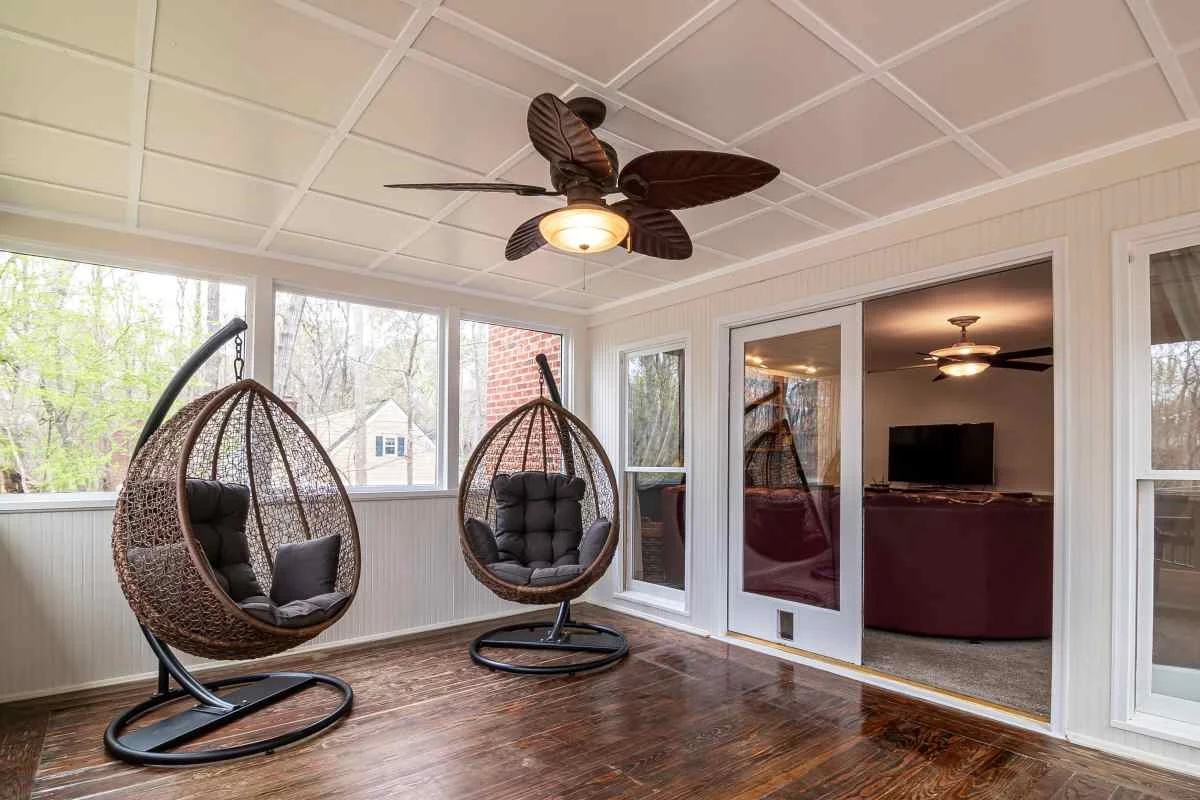
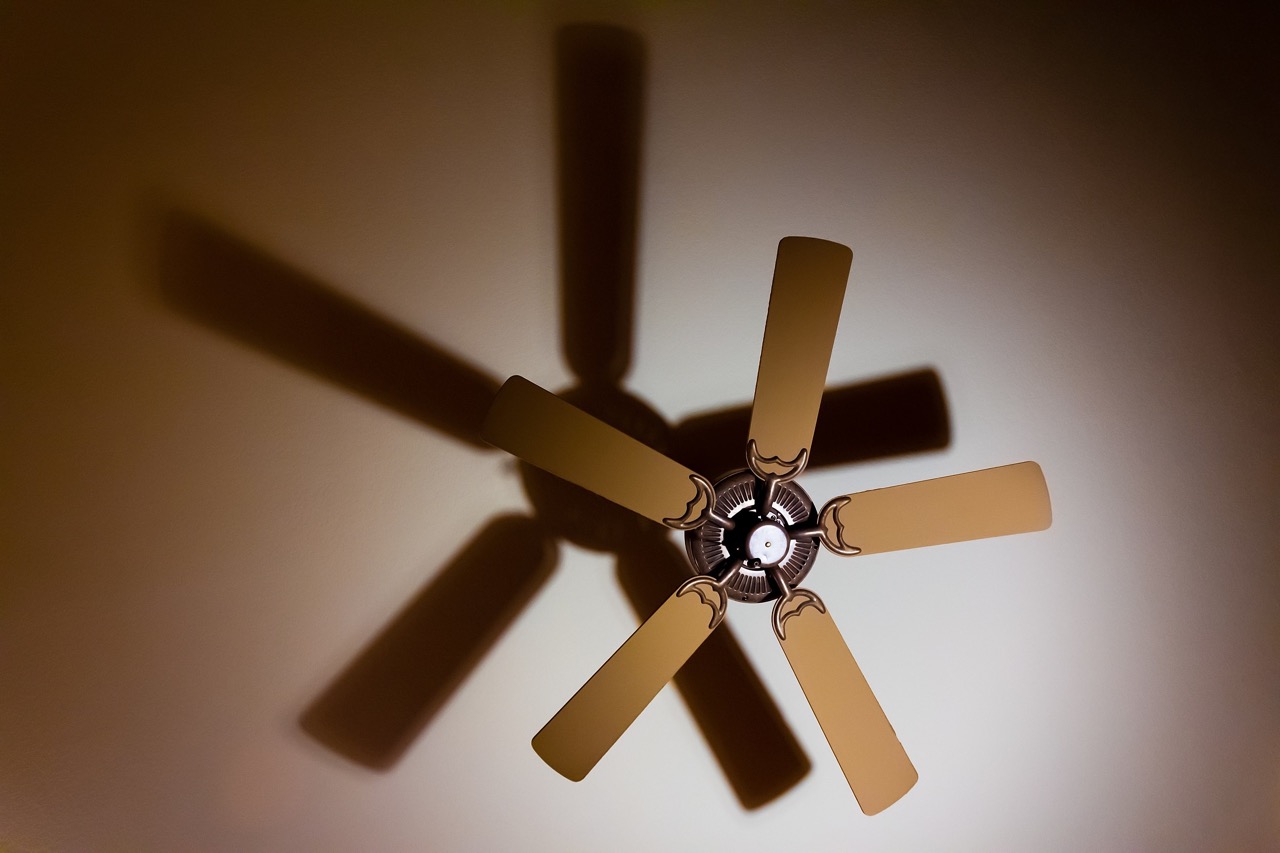
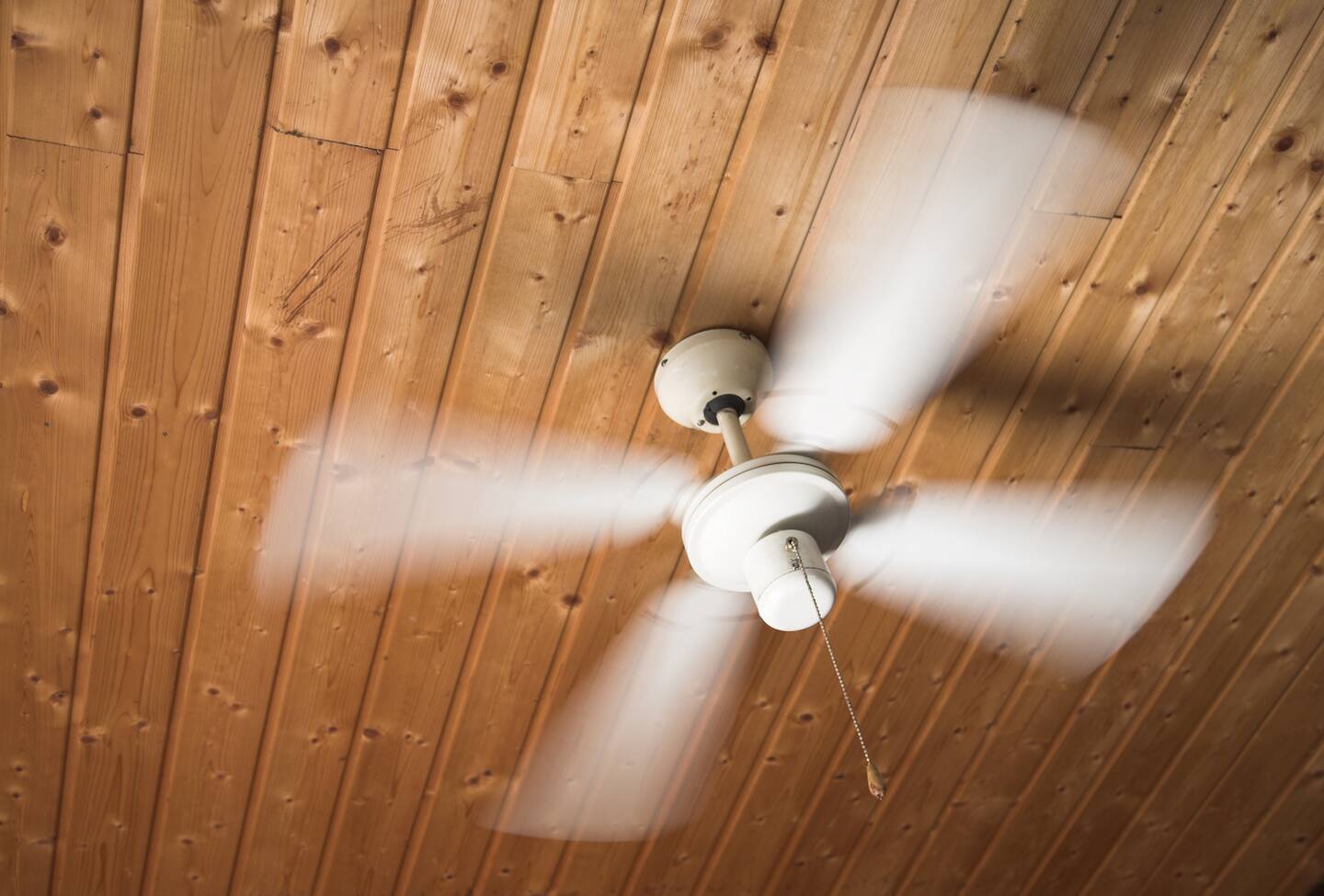
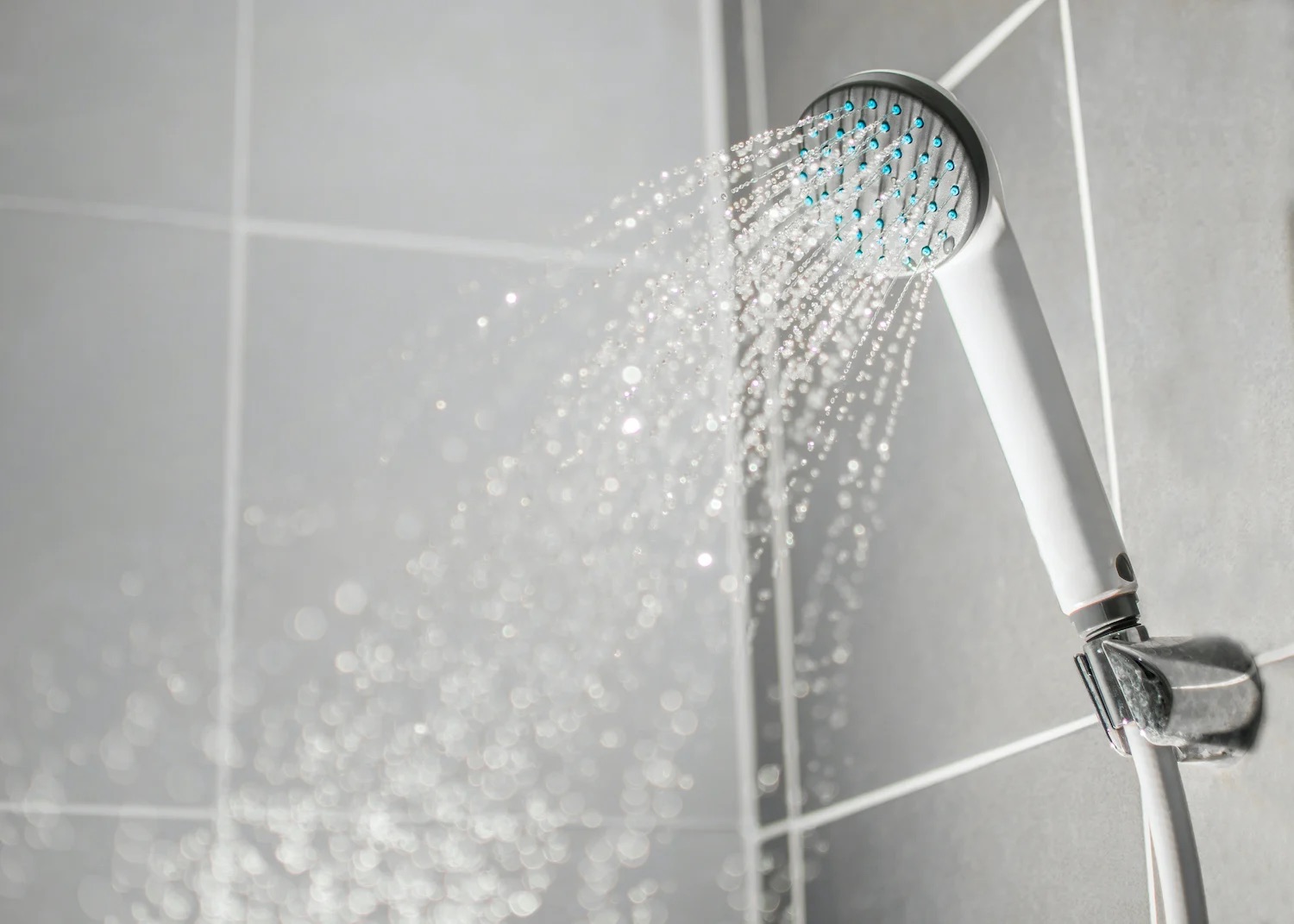
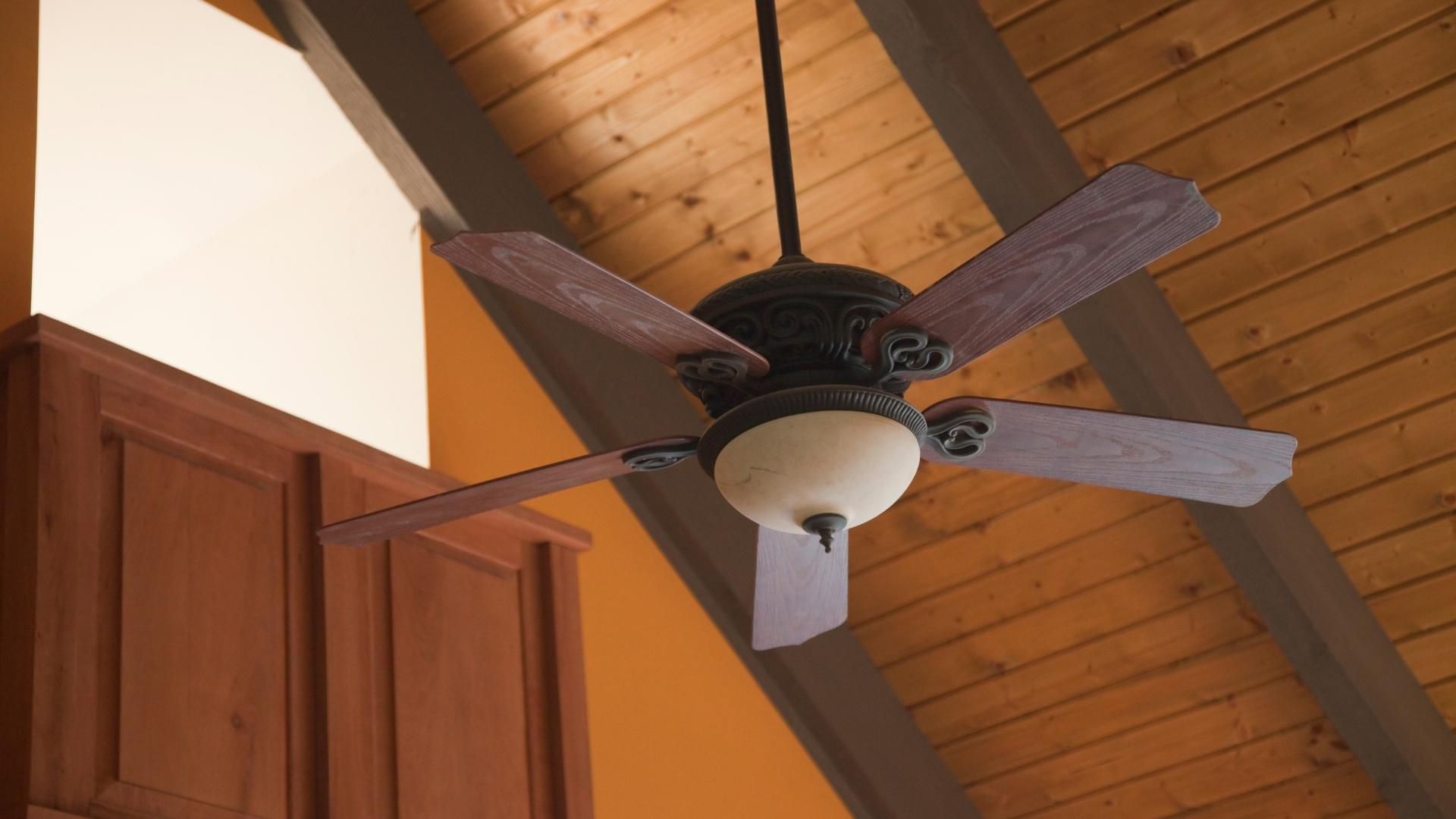


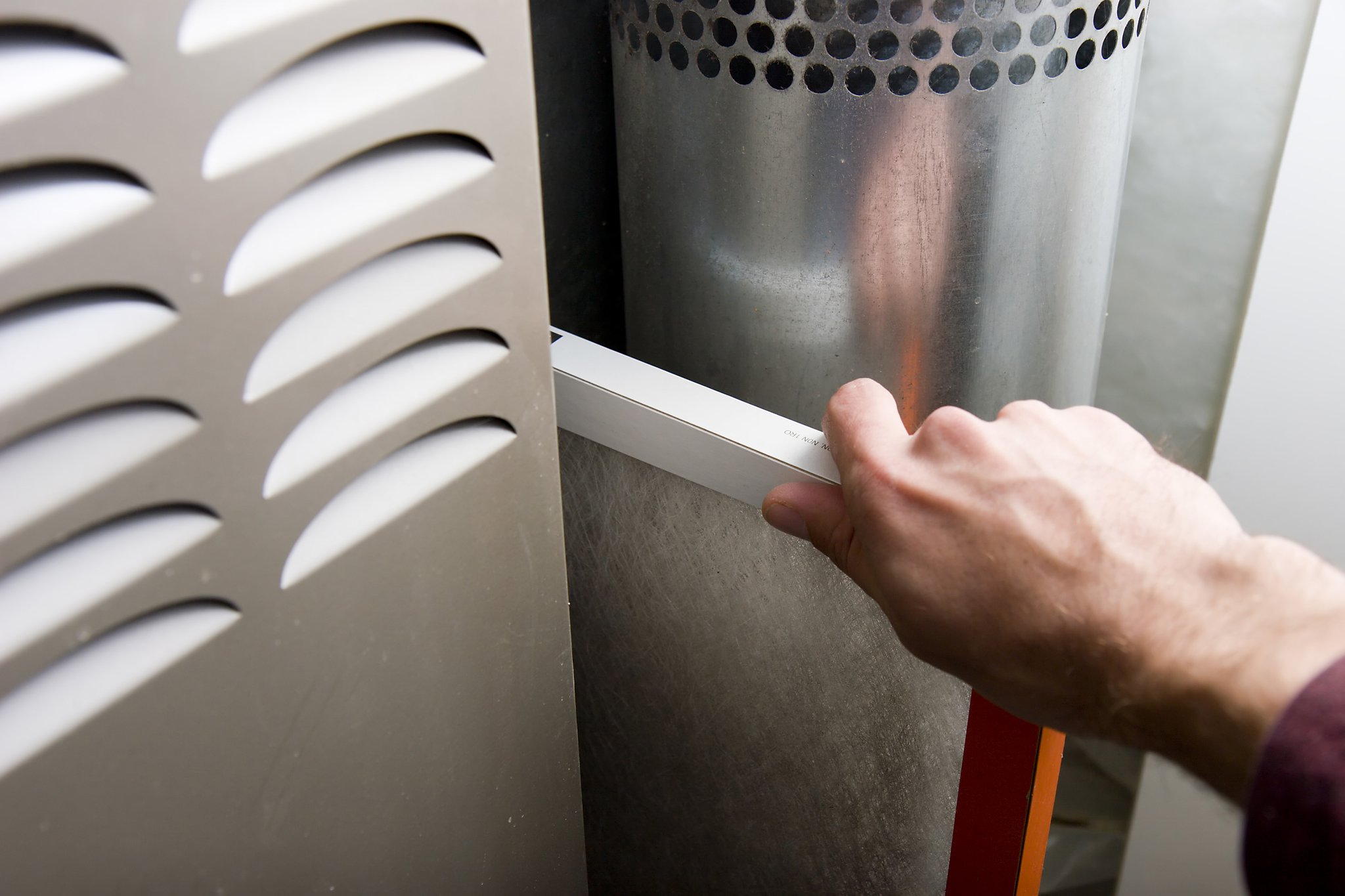

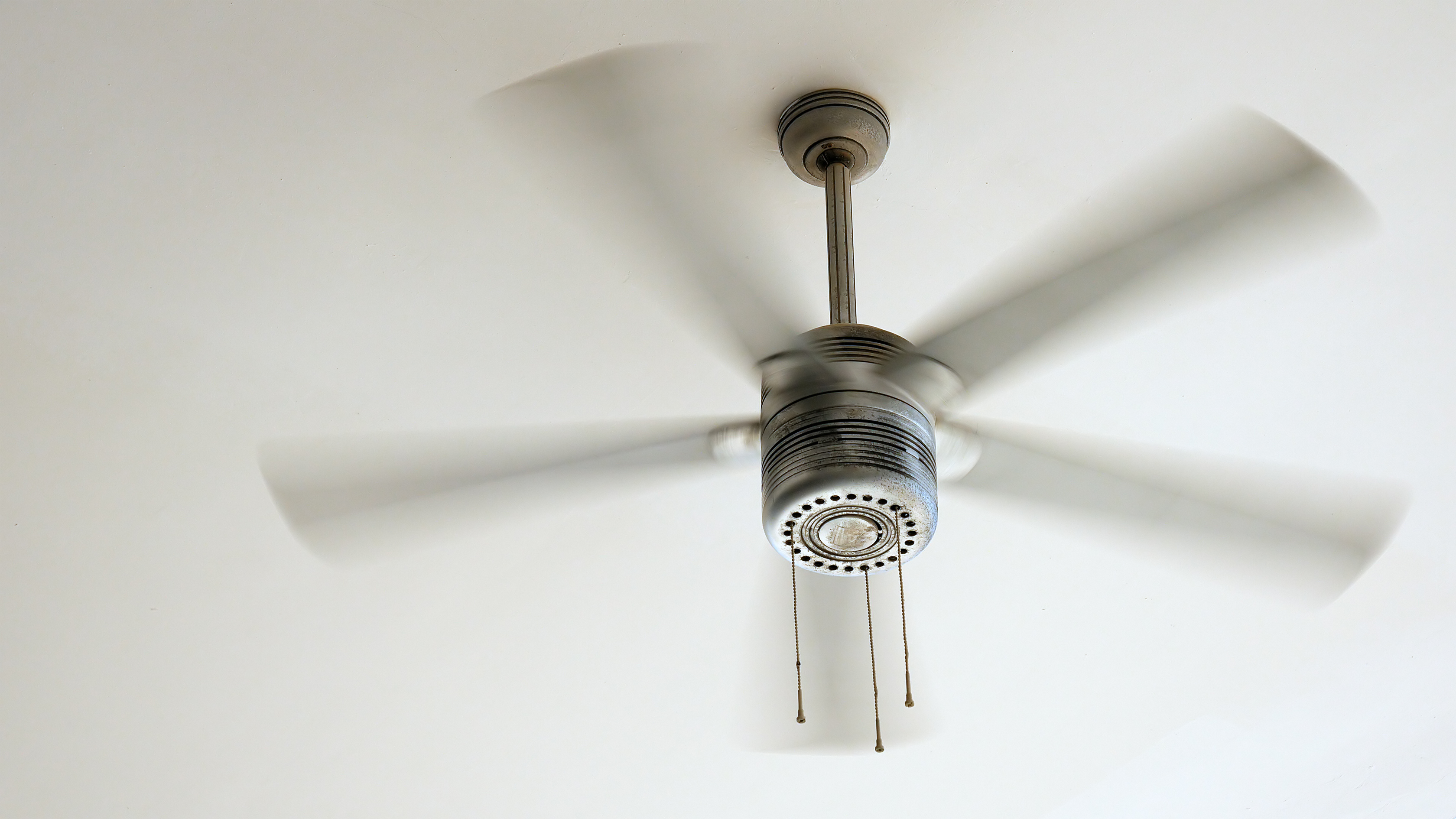

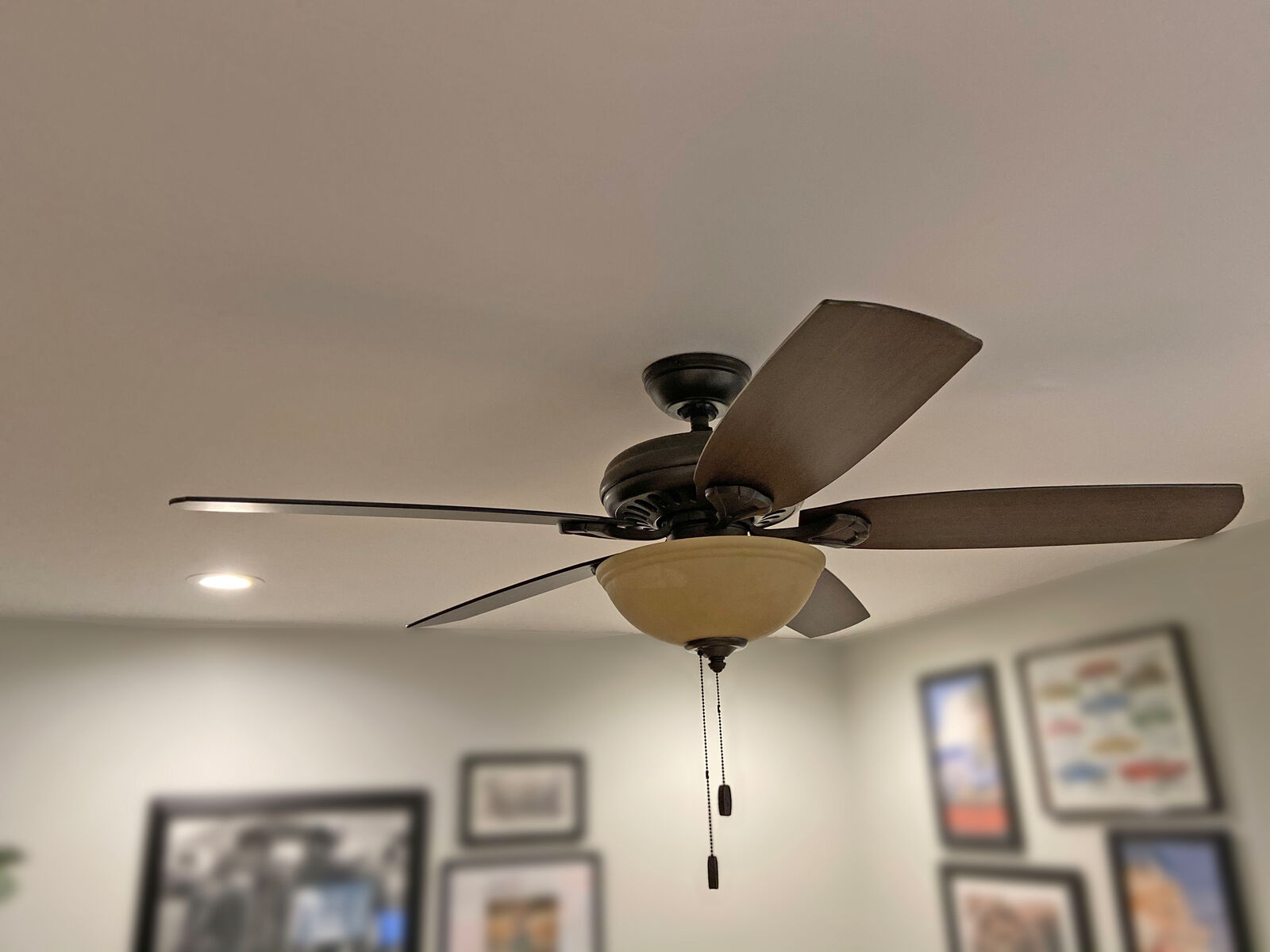
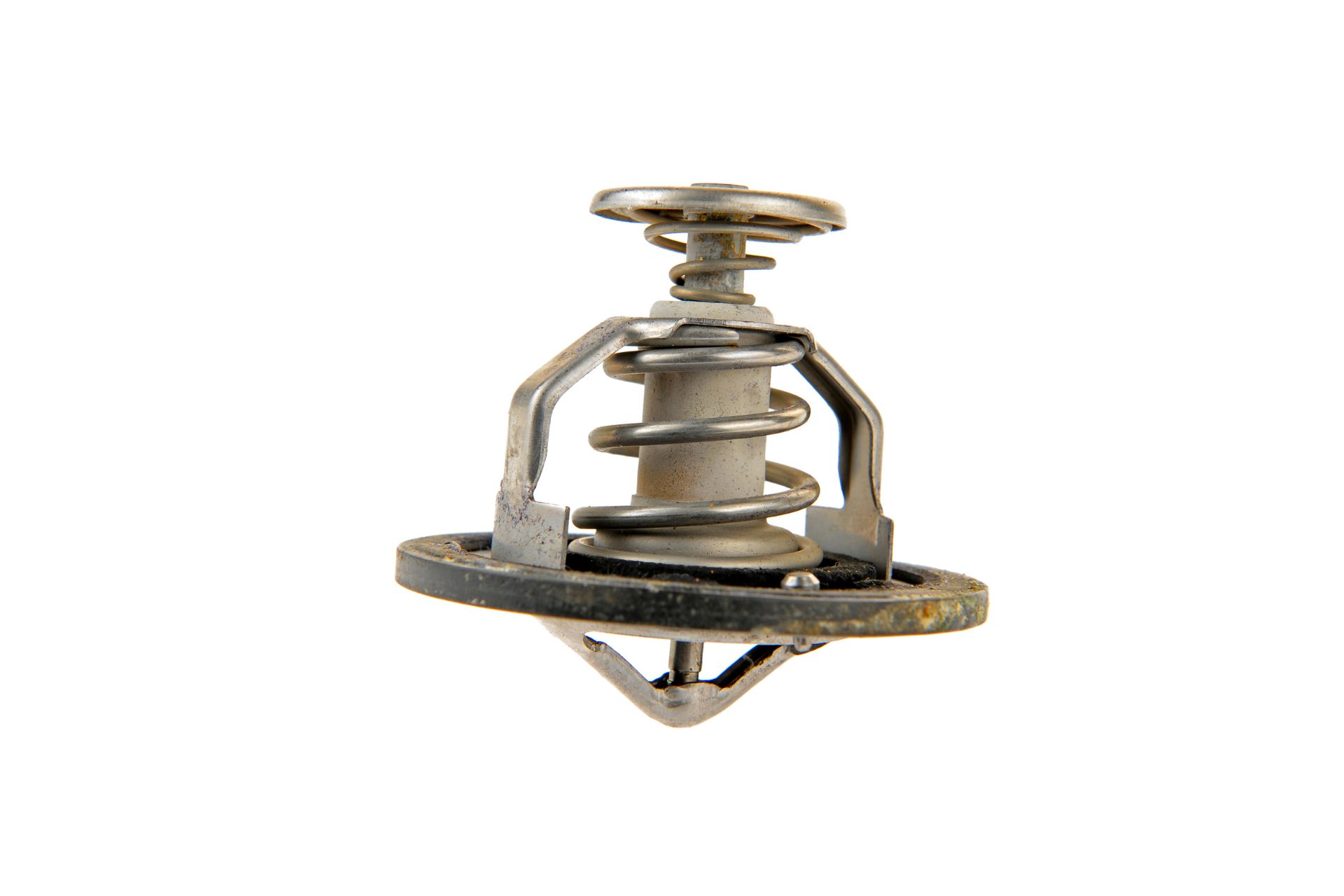
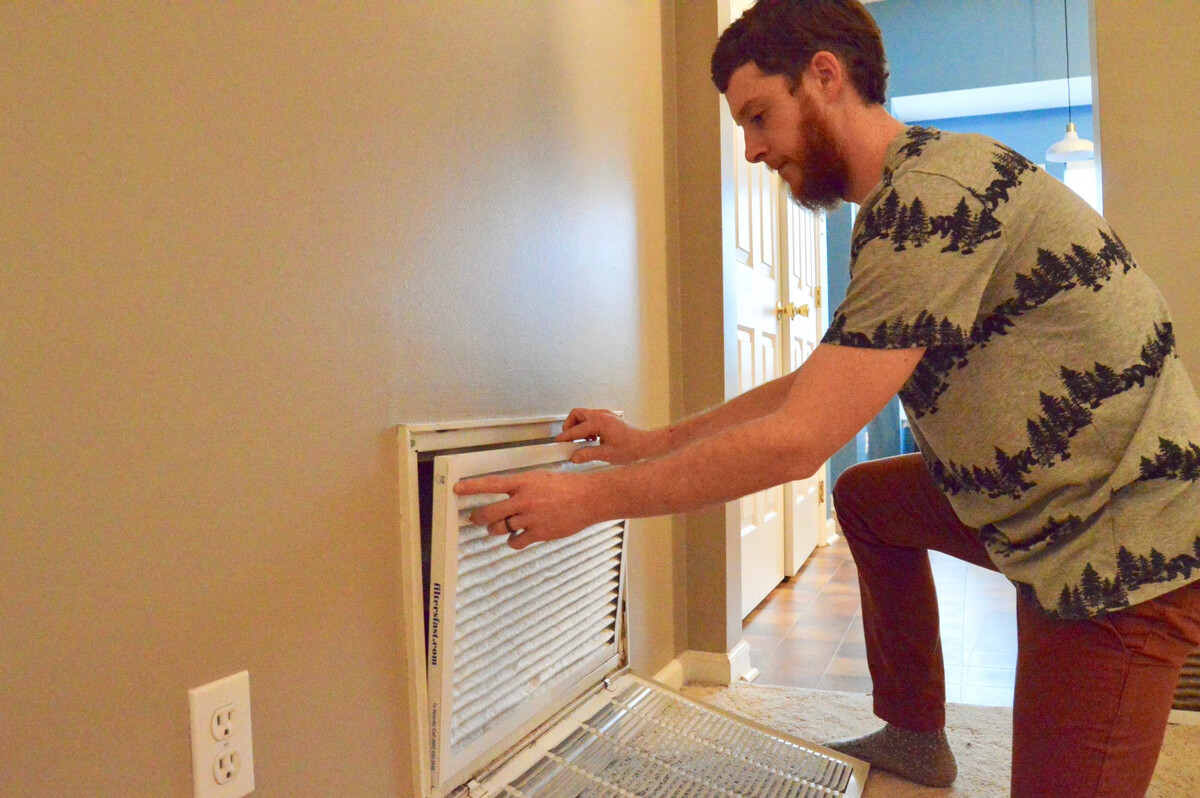

0 thoughts on “Which Direction Should Fan Go In Winter”